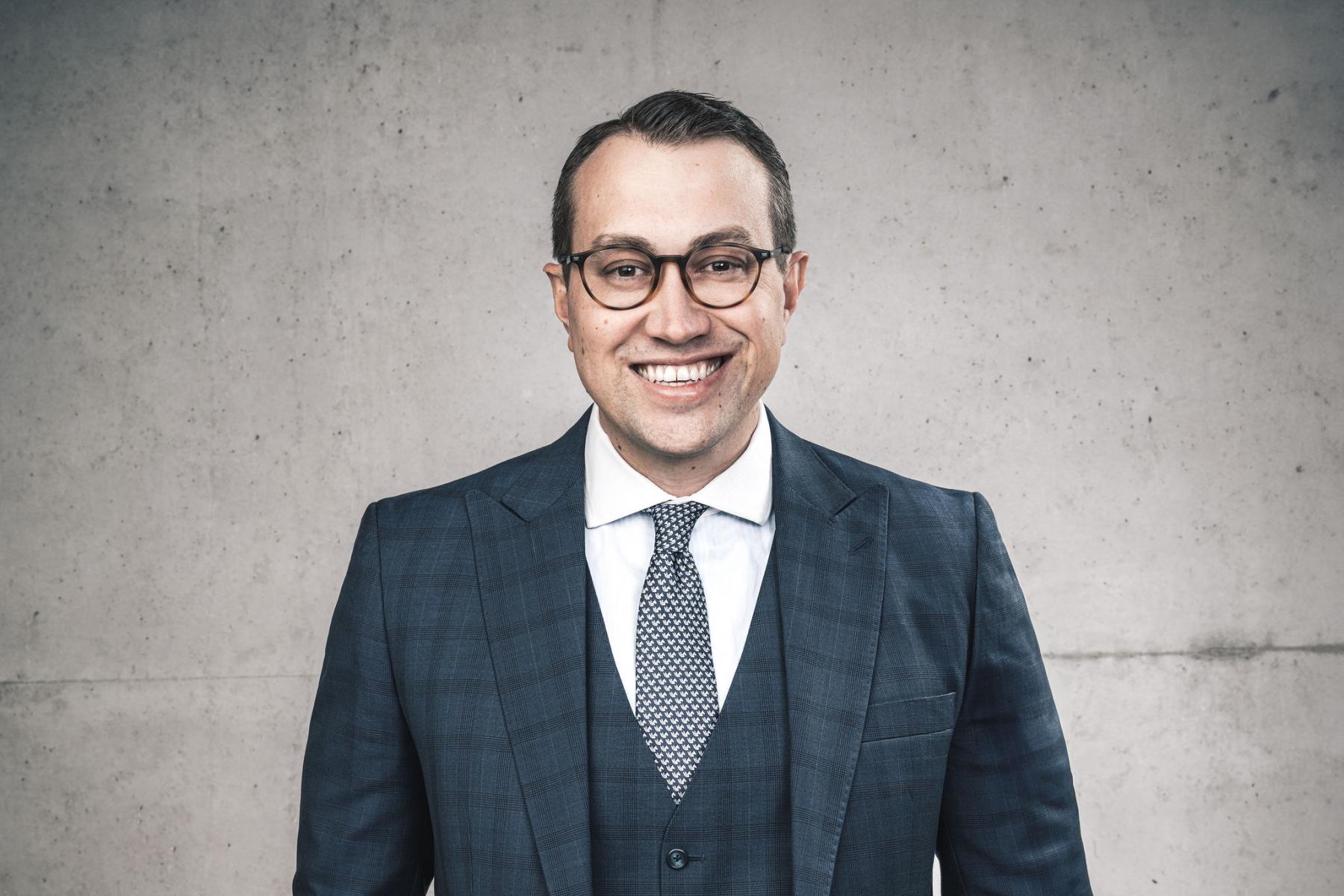2025-06-04
residential

A new whitepaper by Periskop Living highlights the senior living sector’s emergence as a significant asset class in Europe, driven by demographic changes and evolving investor strategies in an uncertain economic environment. With an aging population across Europe, the demand for senior housing is poised for robust growth. The whitepaper shows that by 2055, people aged 65 and over will represent nearly 30% of the European Union’s population, up from 21.6% in 2024. Countries like Italy, Germany, France, and Spain are at the forefront of this shift. In Italy, the share of those over 65 is expected to reach around 34%, while Germany’s proportion will rise to 28%, buoyed by continued net immigration. At the same time, the number of healthy life years—an important metric for assessing the potential need for medical and care support—remains relatively low. In Germany, for example, the average male can expect about 60.7 healthy years, followed by a prolonged period where support services are likely necessary. From an economic perspective, Germany stands out for its stability. With a GDP per capita of €39,190 and a low unemployment rate of 3.5%, it maintains a strong fiscal position compared to its European peers. Although Germany’s debt-to-GDP ratio is expected to rise to around 85% following the approval of a €500 billion infrastructure fund, it remains below the debt levels of countries like Italy and France. Germany’s senior living market benefits from this economic stability and a well-regulated care system. The country’s social care insurance covers almost the entire population, supported by a comprehensive funding structure that reduces investment risk. Unlike countries such as France and Italy, where care financing is more fragmented, Germany provides consistent and predictable funding for long-term care. Real estate investment trends reflect growing interest in senior living. While traditional sectors like offices face uncertainty, alternative assets are gaining traction. In Germany, healthcare real estate transaction volumes rose to €1.3 billion in 2024, benefiting from improving financing conditions following interest rate cuts by the European Central Bank. Senior living properties are increasingly seen as resilient investments offering stable cash flows and lower volatility compared to equities. The operator landscape for senior living facilities in Germany remains highly fragmented. The ten largest operators account for only about 14% of the market, suggesting significant room for consolidation. Sale-and-lease-back transactions and PropCo/OpCo structures are becoming popular strategies, enabling operators to unlock capital while providing stable rental income to investors. Another key consideration is the comparison between investing in existing properties versus new developments. Existing senior living properties currently offer more attractive returns and lower risk compared to new builds, which face high construction costs and uncertainties. The cost of materials such as cement and bitumen remains elevated, and the construction industry continues to grapple with a high insolvency rate. The whitepaper projects a need for an additional 372,000 senior living units in Germany by 2040, alongside the renovation of approximately 100,000 existing units. However, current development plans only cover about 304,000 new units, leaving a supply gap of nearly 168,000. This shortfall highlights a significant investment opportunity. Regulatory developments are also influencing market dynamics. Some German states are easing building requirements, such as reducing the mandatory single-room quotas, creating a more favorable environment for investors and developers alike. The German government’s €500 billion infrastructure fund, of which €100 billion is earmarked for social infrastructure, including healthcare, could further bolster the sector. Investments aimed at improving transport, energy, and digital infrastructure are expected to create locational advantages for senior living facilities, particularly in less densely populated regions. Looking ahead, the senior living sector in Germany and across Europe is positioned to become a critical component of real estate portfolios. It combines demographic resilience with stable economic fundamentals and evolving regulatory support. For investors seeking long-term, secure returns, senior living offers a compelling proposition amid broader market uncertainties.

